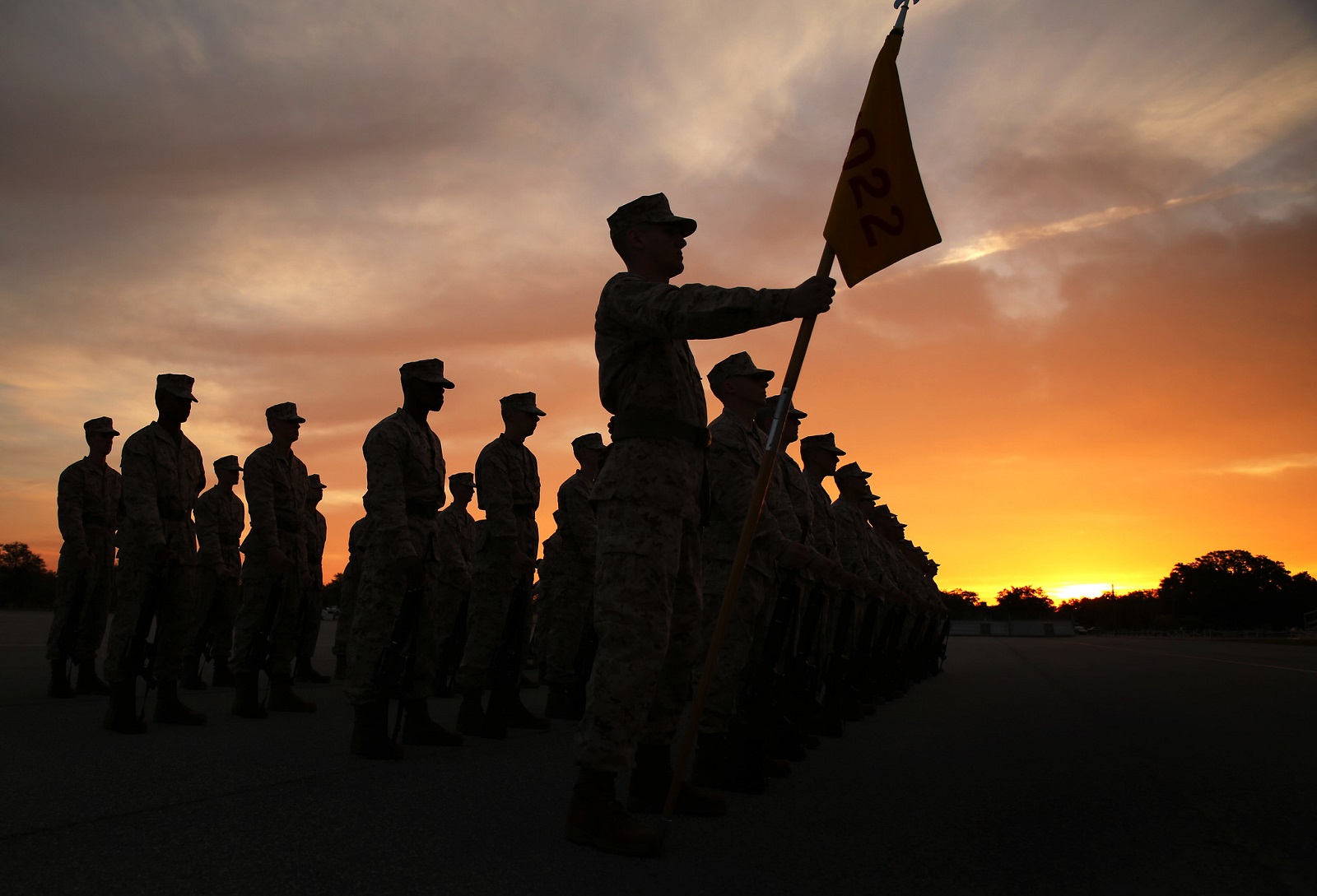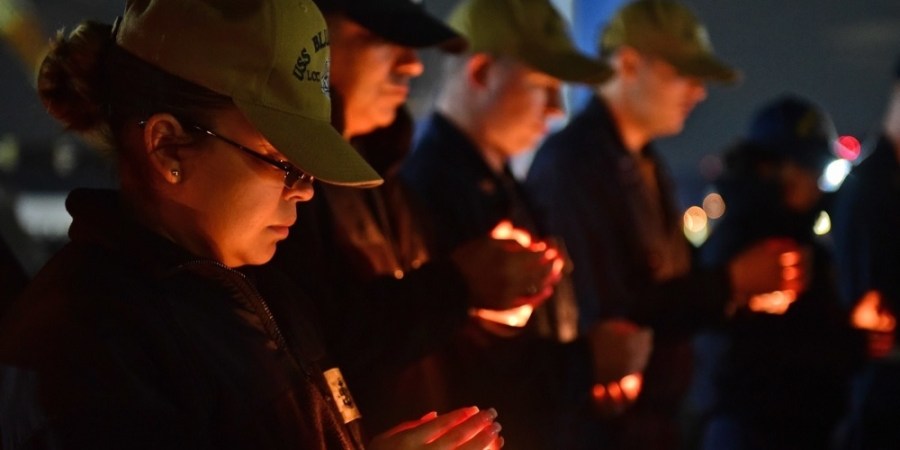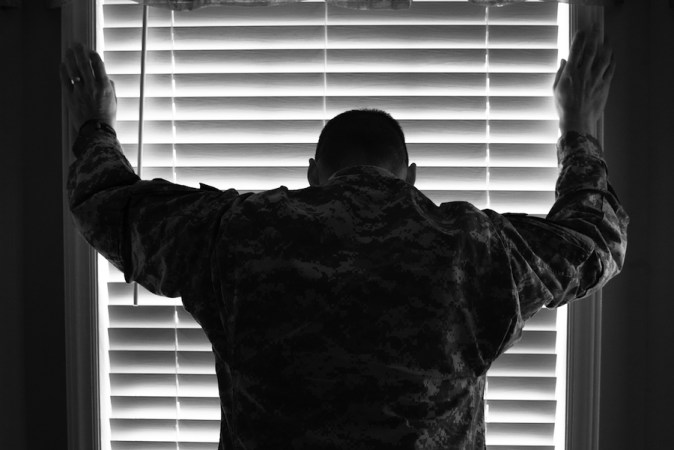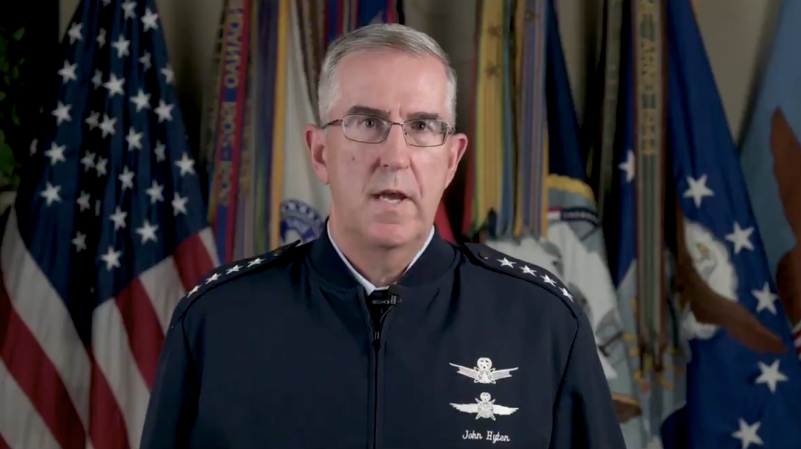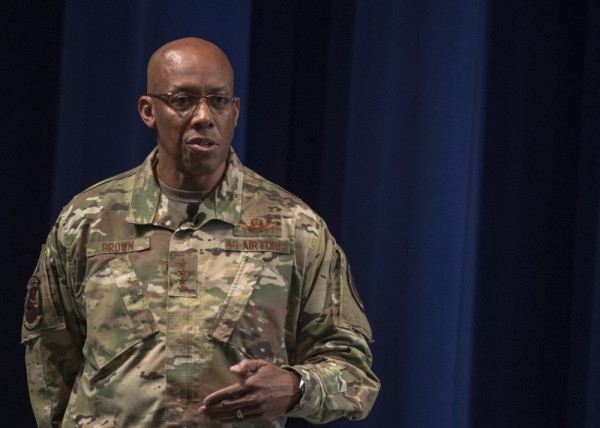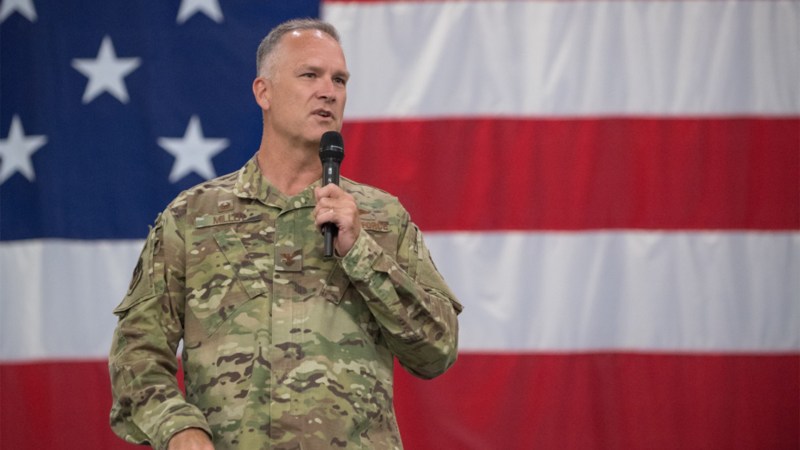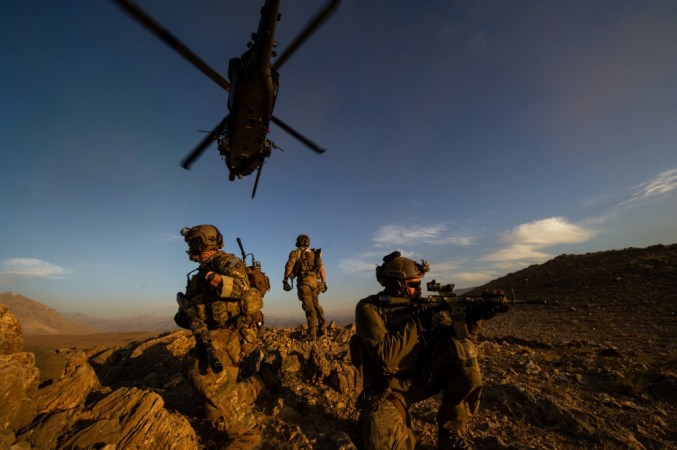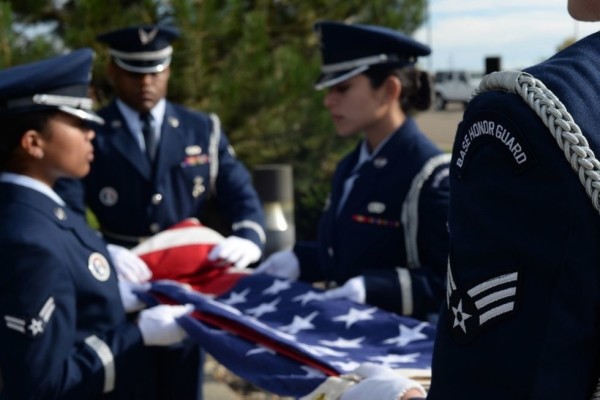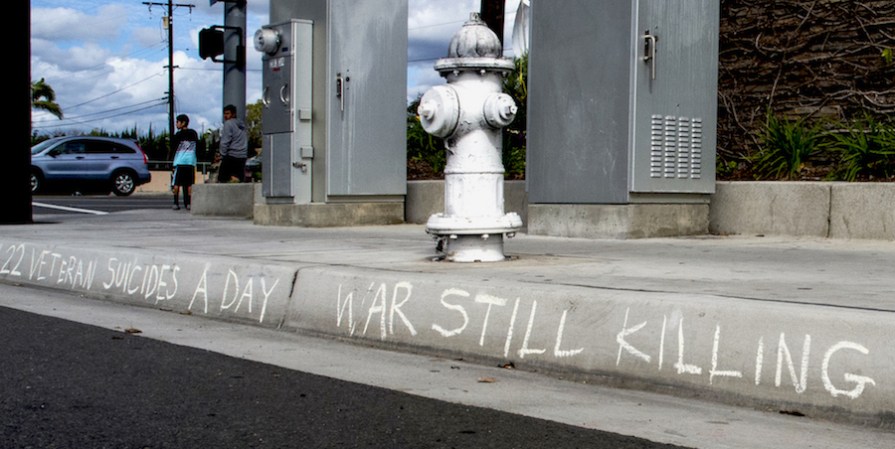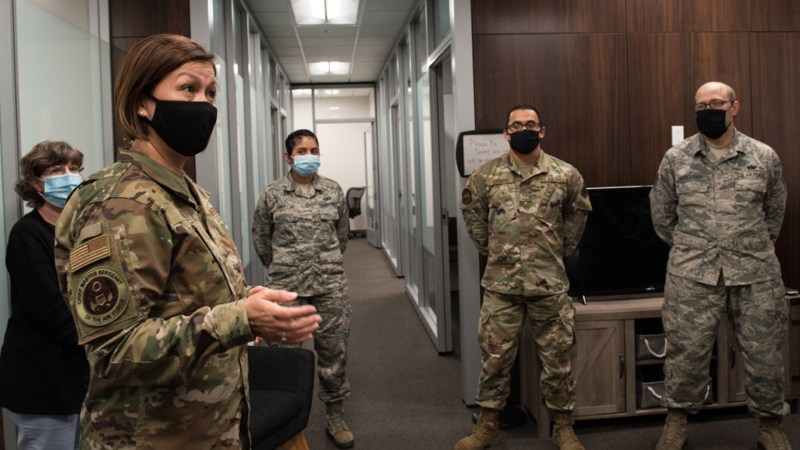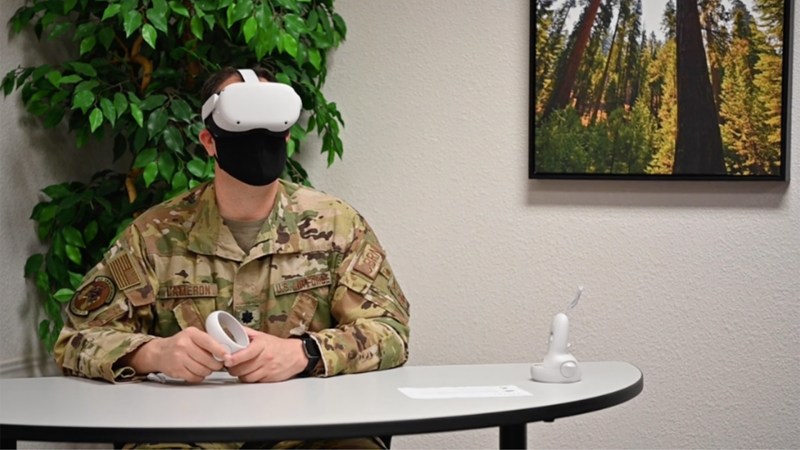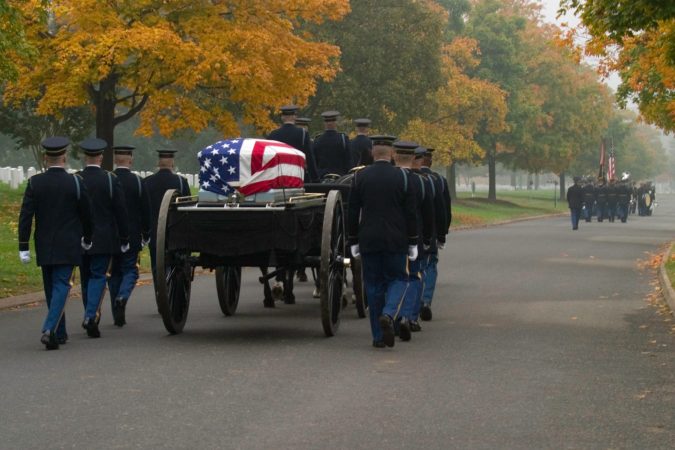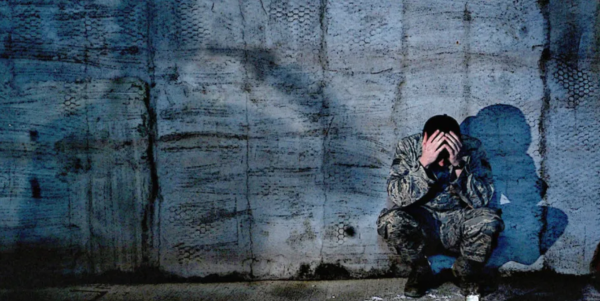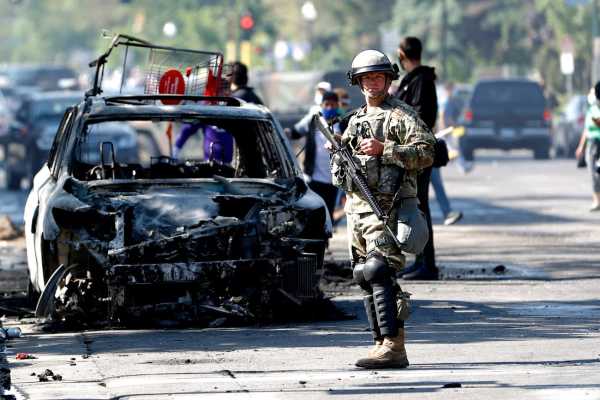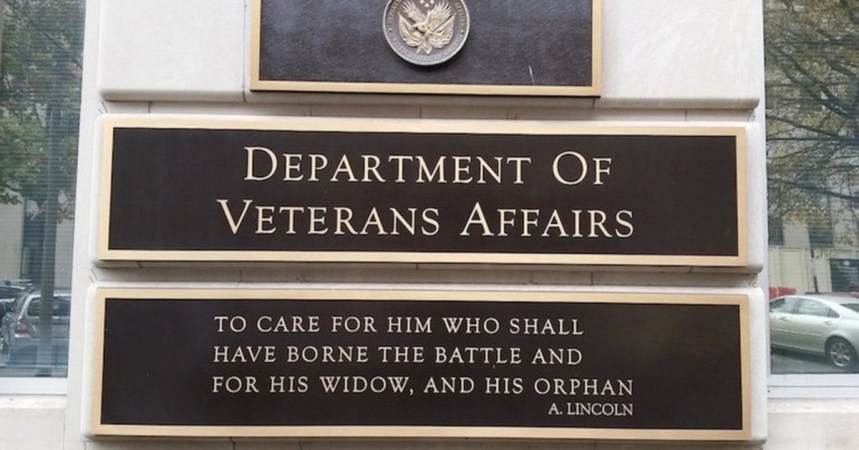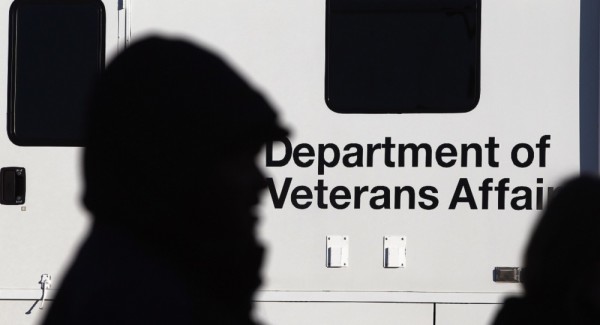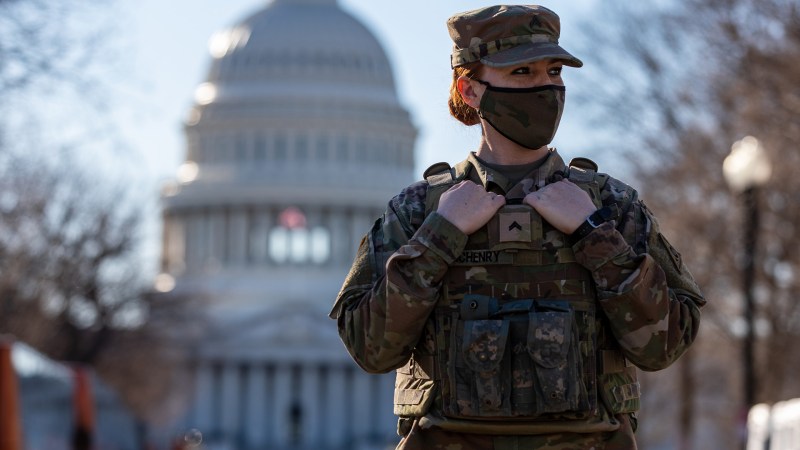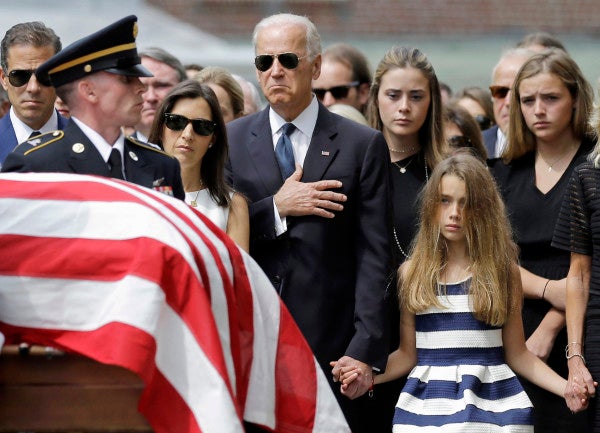A total of 260 service members died by suicide in the first half of 2020, according to the most recent Pentagon report released on Thursday, which covers suicide deaths up to June 30.
For the first half of this year, 170 active-duty service members, 44 reservists, and 46 National Guardsmen died by suicide, the report said. During the same period in 2019, a total of 251 service members died by suicide, including 163 active-duty service members, 37 reservists, and 51 National Guardsmen.
The report shows that active-duty and reserve suicide deaths increased for the months of April, May, and June, coinciding with the novel coronavirus (COVID-19) pandemic that began sweeping through most of the country.
“We’ve got work ahead, I’ll just be honest with you,” Gen. Charles “CQ” Brown, Air Force chief of staff, told reporters in September. “The challenge I’ve seen here is, the stressors that we have this year are much different than the stressors we had last year.”
Between April 1 and June 30, a total of 82 active-duty service members had died by suicide, compared to 72 deaths during the second quarter of 2019, the report says.
Most of the active-duty services reported an increase in suicide deaths from April through June, according to the report: 43 soldiers died, an increase of six deaths compared with the same time period last year; 10 Marines, an increase of four deaths; 11 sailors died, a reduction of three deaths; and 18 airmen died, an increase of three deaths.
Reserve forces also reported 26 deaths, up from 16 during the second quarter of 2019. That breaks down to 16 deaths in the Army Reserve, double the suicide deaths compared to last year; two deaths in the Marine Reserve, compared with one death last year; three deaths in the Navy Reserve, compared with two deaths last year; and five deaths in the Air Force Reserve, the same as during the same time period in 2019, the report says.
The National Guard reported a decrease in suicide deaths: 23, compared with 27 deaths during the same time period in 2019, according to the report. Seventeen Army National Guard and six Air National Guard service members died by suicide in the second quarter of 2020, compared with 24 Army National Guard and three Air National Guard deaths in the second quarter of 2019.
The report says it is too early to determine whether the number of service members who die by suicide will be higher in 2020 than it was last year.
But on Sept. 27, the Associated Press revealed that military deaths by suicide had increased by roughly 20% so far in 2020, citing more recent data.
In the Army, a total of 114 active-duty soldiers had died by suicide by the end of August, a roughly 30% increase in deaths compared to the same time period in 2019, Army officials confirmed. The Army National Guard also saw a roughly 10% increase in suicide deaths and the Army Reserve reported a 41% increase in deaths compared with 2019.
Army Chief of Staff Gen. James McConville recently said that COVID-19 is likely a factor in the increase in deaths.
“Some of the scientists have said they’ve not been able to show causation between [COVID-19] and suicides, but I would argue — at least my sense is — it is having an effect because it disconnects people,” McConville told reporters during an Oct. 13 news conference.
If you’re thinking about suicide, are worried about a friend or loved one, or would like emotional support, the Lifeline network is available 24/7 across the United States. Call the National Suicide Prevention Lifeline at 800-273-TALK (800-273-8255) to reach a trained counselor. Use that same number and press “1” to reach the Veterans Crisis Line.
Related: The Pentagon refuses to acknowledge that more service members are dying by suicide in 2020
CORRECTION: This story was updated on Oct. 22 with the correct numbers of service members who died by suicide in the first six months of 2020 and 2019.

